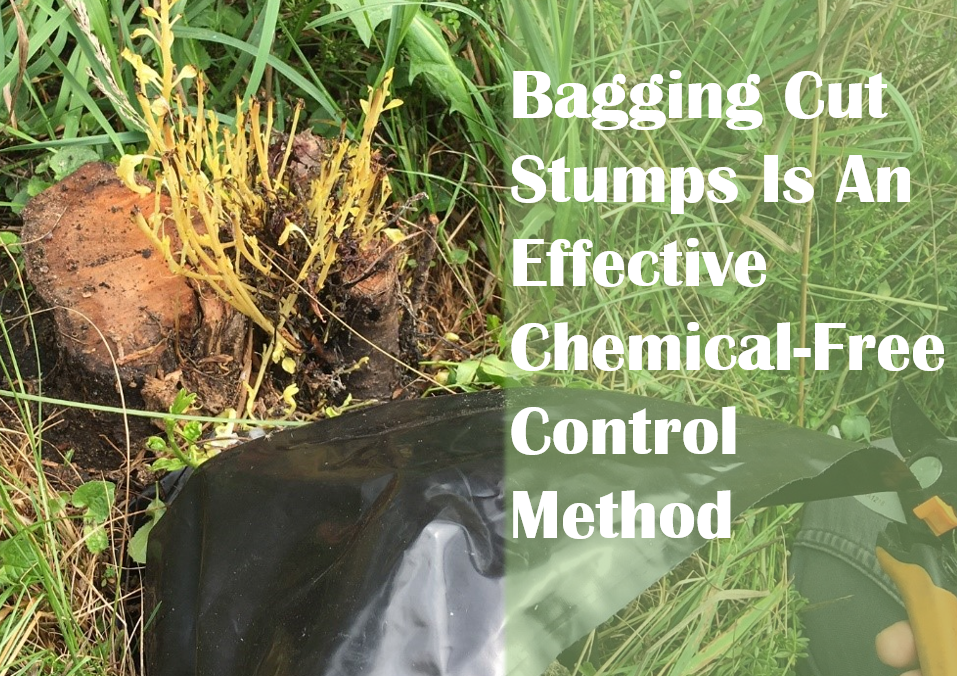Written by, Peter Zimmer-OPRHP
Part of the mission statement of the New York State Office of Parks, Recreation and Historic Preservation (OPRHP) is “to be responsible stewards of our valuable natural, historic and cultural resources”. An important component of responsible stewardship is the long-term control of unwanted pests within State Parks and Historic sites. This year, in an effort to accomplish this task, NYS OPRHP designated funding for Invasive Species Technicians to be employed in each of the 11 OPRHP regions across the state. The technicians in the Thousand Islands have been hard at work surveying, mapping, and removing invasive species throughout the entire region.
One invasive species project that has been ongoing deals with the removal of woody invasive species at the Sackets Harbor Battlefield State Historic Site. This project involves the manual removal of invasive buckthorn and bush honeysuckle species. Buckthorn control is achieved by cutting each shrub and securing a thick, black plastic bag over each stump. These “Buckthorn Baggies” are specifically designed to smother the stumps of buckthorn, preventing re-sprouting and effectively killing the roots of the plant all without using a drop of herbicide. This year, Parks’ environmental staff deployed nearly 800 of these bags on buckthorn stumps just at the Battlefield site alone.
Another ongoing invasive species removal project in the Thousand Islands region has been a milfoil removal effort at Higley Flow State Park. Each year, the water level of the Raquette River is lowered dramatically for a few days for a number of reasons. In recent years, Parks
stewardship staff, along with volunteers and the Town of Colton, have taken advantage of this event by removing invasive milfoil species that have been impacting water resources surrounding the park. This year, ahead of this event, IS techs aboard canoes employed specialized sonar tracking equipment that simultaneously maps topography, percent vegetation biovolume, and bottom hardness of a water body. This survey effort helped stewardship staff to focus removal efforts during the draw-down.
During the draw-down, NYS Parks IS techs, trail stewards, and Student Conservation Association members removed approximately 15.7 acres of Eurasian watermilfoil and variable-leaf watermilfoil. Staff focused primarily on outlier populations to slow the spread of this invasive plant throughout the entire water body. However, a large patch that is believed to serve as a source population for these smaller populations still requires attention. A much larger volunteer effort would likely be needed in order for successful control to occur.


